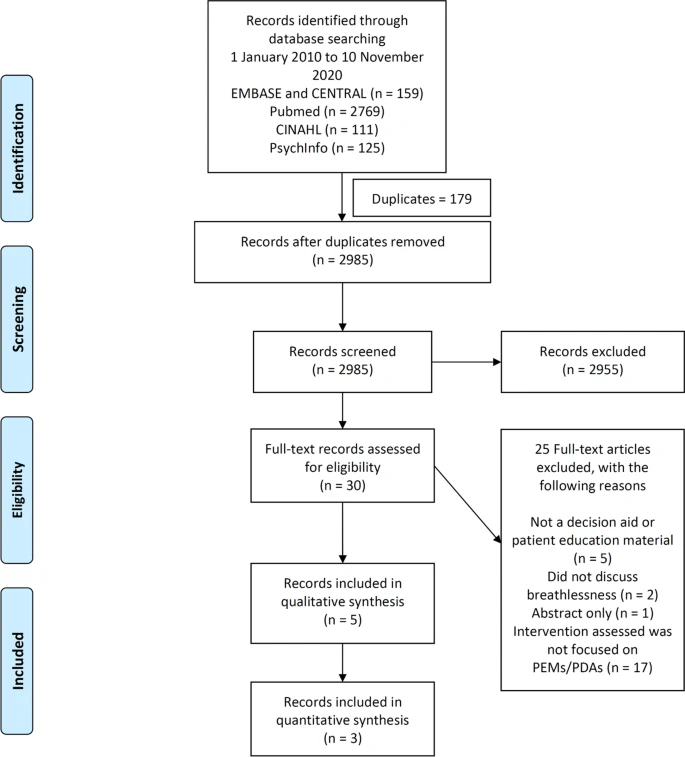- Research
- Open Access
Abstract
Background
Chronic rhinosinusitis (CRS) is a group of heterogeneous diseases characterized by epithelial inflammation and tissue eosinophilic infiltration. IL-5, POSTN, and IL-33 are important factors that act as chemoattractants for eosinophils, and a tissue-remodeling protein positively correlated with eosinophils in blood and mediators of eosinophilic infiltration. The aim of the study was to determine the expression of IL-5, POSTN and IL-33, at the gene and protein levels, in eosinophilic CRS with nasal polyps (CRSwNP) and without nasal polyps (CRSsNP), and to correlate this expression with clinical severity.
Materials and methods
The study included 40 CRSwNP patients and 53 CRSsNP patients and 40 control subjects. The expression of IL-5, POSTN and IL-33 mRNA was determined in sinonasal mucosal samples and in nasal polyp tissue by real-time PCR. Protein levels in the serum of CRSwNP patients were measured by ELISA. Computed tomography was evaluated according to Lund–Mackay scores, and visual analog scale scores were assessed.
Results
NP tissue demonstrated significantly higher IL-5 and POSTN mRNA expression than the sinonasal tissue in the CRSsNP and CRSwNP groups. CRS groups demonstrated elevated IL-33 mRNA expression in comparison to controls irrespective of the presence of NP. No correlation was found between IL-5, POSTN and IL-33 mRNA expression and disease severity. CRSwNP group demonstrated significantly higher serum IL-5, POSTN and IL-33 protein levels than controls, and this corresponds to disease severity.
Conclusion
Serum IL-5, POSTN and IL-33 levels may be important markers for classification of eosinophilic CRSwNP patients, along with disease severity.











